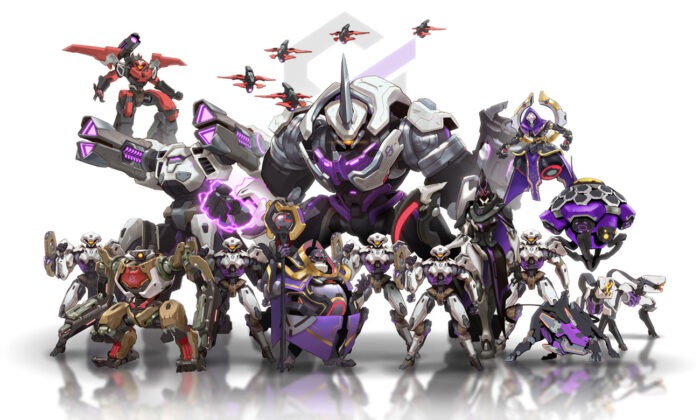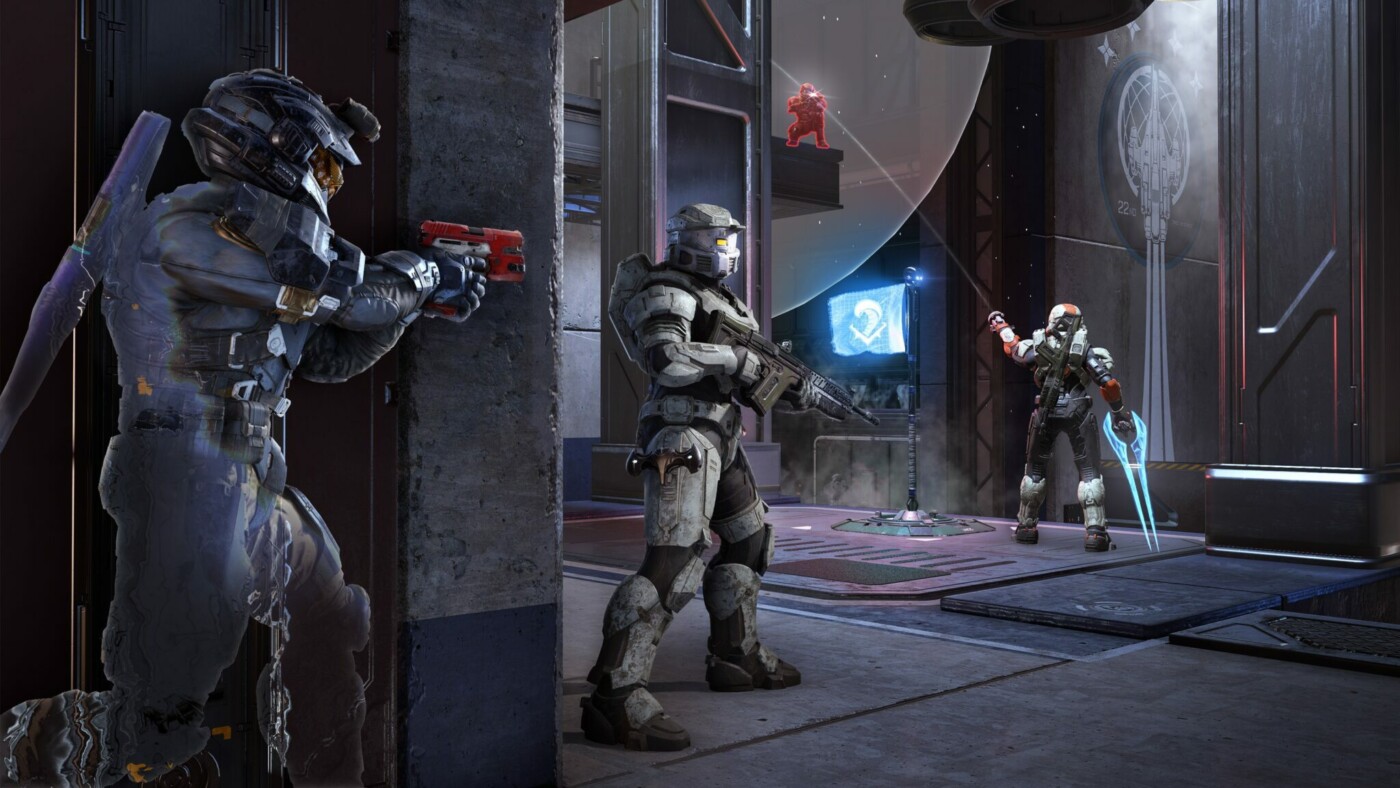The vendetta against live services: a case of modern releases
Being reminiscent of purchasing games growing up, I always remember getting excited about the next AAA title being announced by a massive game studio. It was those days where people anxiously stayed up at night queuing at their local games store, for the midnight release of the most anticipated game of the year. So, where did this tradition go, and why are modern releases so different?
I remember going to the store on release day to pick up my limited collector’s edition copy of Halo 4. I would eagerly insert the disc into my console and hear the roaring start-up sound of my Xbox 360. Upon loading the title screen, I could see everything was readily available for me to play – locally, with friends, and those online around the world (with no external paywalls).
At face value, that seems like the standard for a product release. However, this aforementioned nostalgia and respectable expectations for the quality of past video games has left me polarised when analysing the structure of gaming’s current releases. With the tech industry ever-evolving, it’s hard for the gaming industry not to follow suit, especially with digitisation. Thus, this has arguably led to an advancement in the rollout of new titles. The age of physical copies is seen as inconvenient, and anticipation grows as digital stores see people waiting for their computers to download the content during release day instead of picking up a physical copy.
This structural change surrounding game development, specifically multiplayer games, has created an excuse for the industry
This digitisation has led to not only a transformation of product releases, but also the products themselves. Rather than having a game’s disc with all its features refined and completed, games are now constantly seeking to make updates to add or fix content. This is most prevalent when accounting for developer updates in the early stages of a game’s announcement, with the promises to deliver roadmaps, updates and new content throughout its lifespan.
For some reason, this transparency has caused a state of disarray in the community, where these promises are either met by the time of the game’s release (which pleases its fans) or remain unfulfilled. Inevitably, they deliver a product missing essential content for the base game, therefore causing distrust and anger within the community. The latter is occurring at a rising rate with the conceptual introduction of live services. This structural change surrounding game development, specifically multiplayer games, has created an excuse for the industry, especially from a studio’s perspective – one that, more often than not, leaves leniency for expected content on release day, with deadlines of promised roadmaps being constantly adjusted to fit the convenience of developers.
The most prevalent titles that come to mind regarding this criticism are Halo Infinite and Overwatch 2
The most prevalent titles that come to mind regarding this criticism are Halo Infinite and Overwatch 2. Both are live service games that are ‘Free-to-Play’ and essentially follow the popular format of seasonal updates, battle pass progression systems and micro-transactions. This formula has been the most popular approach in the industry as of late, with games like Fortnite pioneering it. This allows for titles to have a longer lifespan than games of the past, with the ‘Free-to-play’ model allowing for a healthy player population. There are obvious pros and cons to this format but overall, it has kept a high retention of dedicated players for their respective services.
However, the disparity in quality is huge when comparing classic battle royales with those who twist the formula. Having been excited about the release of Halo Infinite, I was left in disbelief and sorrow to find the game’s launch to be in such an empty state, especially after its understandable delay in 2020 following the pandemic. The promises of 343 Industries’ change from traditional formats to a live service and seasonal updates made me cautious yet excited, especially with the success of leading titles in the gaming industry. The aforementioned disarray in the community presents itself in this case, as many were left angry following a launch day with missing content such as forge, custom games and a functional levelling-up system.

Credits: Blizzard Entertainment/IGDB
Likewise, the release of Blizzard Entertainment’s Overwatch 2 was similar, as it was an anticipated title that heavily advertised its new PvE Story Mode in its announcement back in 2019. However, fast-forward to the end of its first seasonal update, and that significant aspect of the game is yet to be announced on the roadmap. Its players were left to essentially play the same game as the original, just with a new UI and a fancy rehaul of the competitive meta. Although it now feels like a completely different game, all of the current sequel’s content could have been an update to its predecessor.
Holistically, this may be a personal bias that I have towards modern live service titles, as I too am guilty of still playing them. The question still stands, however, as to whether this shift in modern gaming can be acceptable moving forward. Should we conform to having the most popular games be free to play, whilst having many microtransactions? Or should we take games from previous decades as a model to hold studios accountable when they release their new titles without complete content like they once did?

Comments